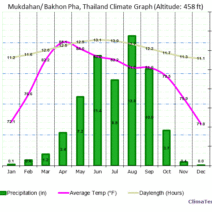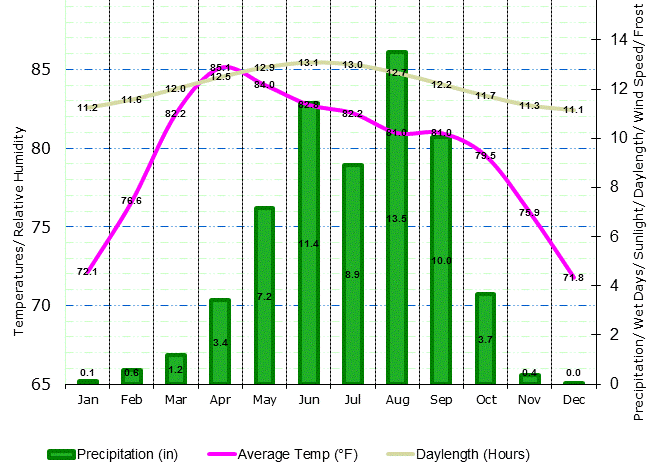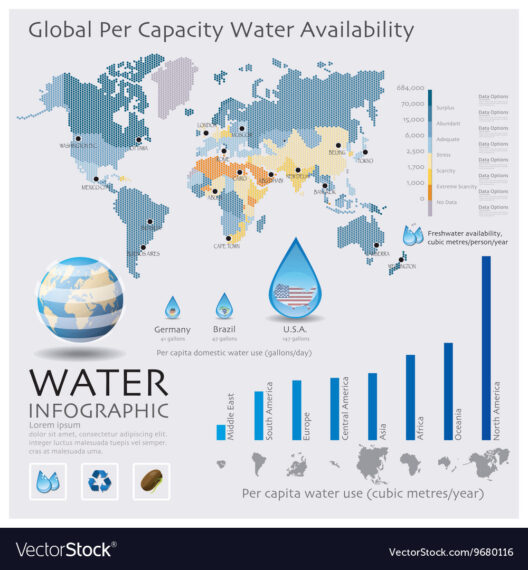Thailand, the “Land of Smiles,” is not only renowned for its rich cultural heritage and opulent temples but also for its captivating climate, which intricately weaves together the narratives of its geography and local life. Situated in Southeast Asia and straddling the Tropic of Cancer, Thailand experiences a tropical climate characterized by distinct wet and dry seasons. This climatic paradigm plays a crucial role in shaping both the natural environment and the socio-economic fabric of the nation.
One of the most striking features of Thailand’s climate is its differentiation into three main seasons: the cool season, the hot season, and the rainy season. The cool season extends from November to February and is often considered the most pleasant time to visit. During these months, temperatures in northern regions can dip to as low as 15°C (59°F), while southern areas remain relatively warm. The mild weather invites locals and tourists alike to explore the myriad of breathtaking temples, such as Wat Arun and Wat Phra Kaew, without the oppressive heat found during other times of the year.
However, as one transitions into March, the sweltering hot season takes hold and lasts until May. Temperatures can soar to above 40°C (104°F) in areas like Bangkok and central Thailand. This relentless heat can be both a challenge and an invitation to experience the vibrant street life and delicious culinary offerings found throughout the country. Markets buzz with energy, street vendors serve up exquisite dishes, and the aroma of Thai basil and chili fills the air. Yet, during this period of intense heat, the sheer power of nature’s forces begins to stir, foreshadowing the advent of monsoon rains.
From May to October, the rainy season unleashes its fury across the landscape, bringing vital moisture to the parched earth. Thailand experiences a monsoon climate, with the southwest monsoon bringing heavy rains, particularly in June and September. While the monsoon is essential for agriculture, it also poses significant challenges, leading to potential flooding in low-lying areas. The annual floods are a poignant reminder of nature’s complexity and often deepen the reverence locals hold for their environmental context. Farmers depend on the rains to nourish their rice paddies, and when the balance is disrupted, the ramifications can be dire.
The interplay of climate, geography, and culture is fascinating. The lush, verdant landscapes resulting from the monsoon create a stunning backdrop for Thailand’s agriculture-centric livelihood. Rice cultivation flourishes during this season, underpinning food security and the economy. Additionally, the rains feed the rivers and lush forests, where biodiversity thrives. Ecological wonders, such as Khao Sok National Park, entice nature enthusiasts, showcasing the enchanting beauty of Thailand’s diverse flora and fauna.
Amidst the climatic cycles lies the phenomenon of thunderstorms. During the transitional months leading into the rainy season, frequent thunderstorms erupt, painting the skies with electric flashes. These storms serve not only as a meteorological spectacle but also as key players in the ecosystem, delivering critical rainfall necessary for rejuvenation. Yet, the thunderstorms symbolize the unpredictable nature of climate, capable of providing life-giving water yet also presenting hazards like landslides and destruction.
Beyond the immediate climatic conditions, it’s important to consider the broader implications of climate change on Thailand. Rising global temperatures have negative repercussions on weather patterns, leading to an increased incidence of extreme weather events. As a result, droughts may become more prevalent in certain areas, while flooding intensifies in others, challenging the traditional agricultural practices and the resilience of local communities. The government and various organizations in Thailand actively engage in conversations surrounding sustainability, aiming to mitigate the adverse impacts of climate change through innovative practices and policy frameworks.
Moreover, the environmental narrative is compounded by urbanization and industrialization. Rapid economic growth has amplified energy consumption and heightened the demand for resources, further stressing Thailand’s natural ecosystems. The challenge lies not only in addressing current climate threats but also in fostering a sustainable path forward that harmonizes economic growth with environmental preservation.
In conclusion, the climate of Thailand is a compelling tapestry of heat, rain, and storms, intricately entwined with the cultural and agricultural rhythms of the nation. The three-season cycle influences everything from the vibrant temples dotting the landscape to the livelihoods of farmers who depend on the monsoon rains to sustain their crops. Yet, the allure of Thailand’s climate also uncovers vulnerabilities, prompting critical engagement with the issues of climate change and environmental stewardship. A deeper understanding of this climatic context cultivates not only appreciation but also underscores the urgency for sustainable practices that ensure the resilience of both the people and the land.







